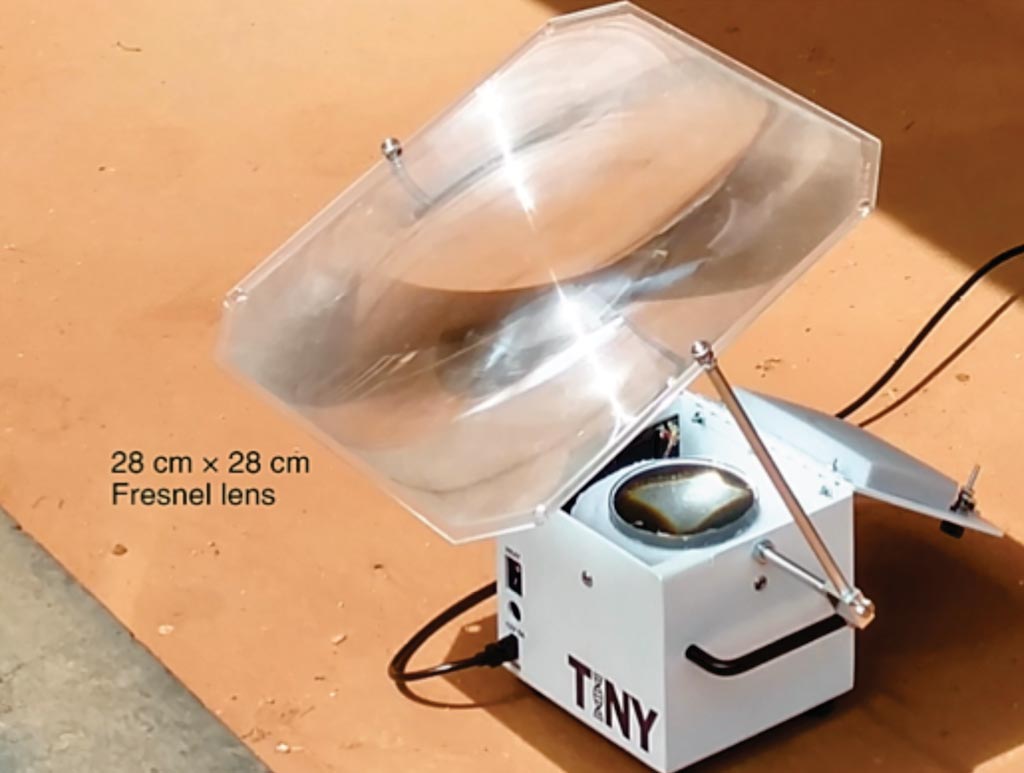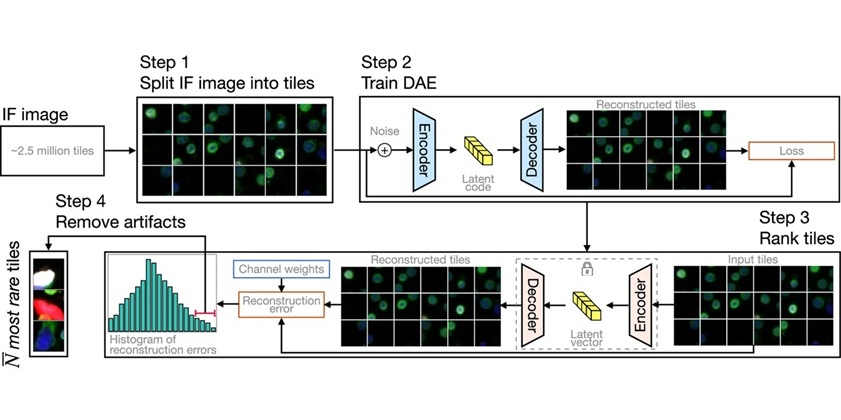Cancer Detection Device Proves Effective in Field Testing
By LabMedica International staff writers
Posted on 01 Oct 2018
A decentralized approach to diagnostics can decrease the time to treatment of infectious diseases in resource-limited settings, yet most modern diagnostic tools require stable electricity and are not portable.Posted on 01 Oct 2018
Kaposi sarcoma (KS) is a cancer that causes patches of abnormal tissue to grow under the skin, in the lining of the mouth, nose, and throat, in lymph nodes, or in other organs. These patches, or lesions, are usually red or purple. They are made of cancer cells, blood vessels, and blood cells.

Image: A lunchbox-sized device for nucleic acid quantification that can be powered by sunlight, a flame or electricity enables the diagnosis of disease in settings with unreliable power supply (Photo courtesy of Cornell University).
Bioengineers at Cornell University (Ithaca, NY, USA) and their colleagues have developed a portable device for isothermal nucleic acid quantification that can operate with power from electricity, sunlight or a flame, and that can store heat from intermittent energy sources for operation when electrical power is not available or reliable. The device, the Tiny Isothermal Nucleic acid quantification sYstem (or TINY) has shown promise as a point-of-care detector of Kaposi sarcoma-associated herpesvirus (KSHV) in resource-limited settings such as sub-Saharan Africa.
The team collected biopsy samples from 71 patients in Uganda suspected of having KS and tested the samples with TINY as well as via quantitative polymerase chain reaction (qPCR), the current standard for nucleic acid quantification. Agreement between TINY and qPCR was 94% (67/71), and the team showed that all disagreement stemmed from assay limitations and not TINY capability. The four discordant samples having the lowest concentration of the herpesvirus DNA. Not only can TINY be carried to remote locations for point-of-care use, it could also be valuable in clinics and hospitals where electric power can be unreliable.
Ethel Cesarman, MD, a professor of pathology and laboratory medicine, and a senior author of the study, said, “As a pathologist who knows how difficult it can sometimes be to diagnose KS, it is very exciting to collaborate with engineers that invented a brilliant new device that makes it so easy to support or discard a diagnosis of KS in less than three hours from the time a biopsy is taken.” The study was published on September 11, 2018, in the journal Nature Biomedical Engineering.
Related Links:
Cornell University














